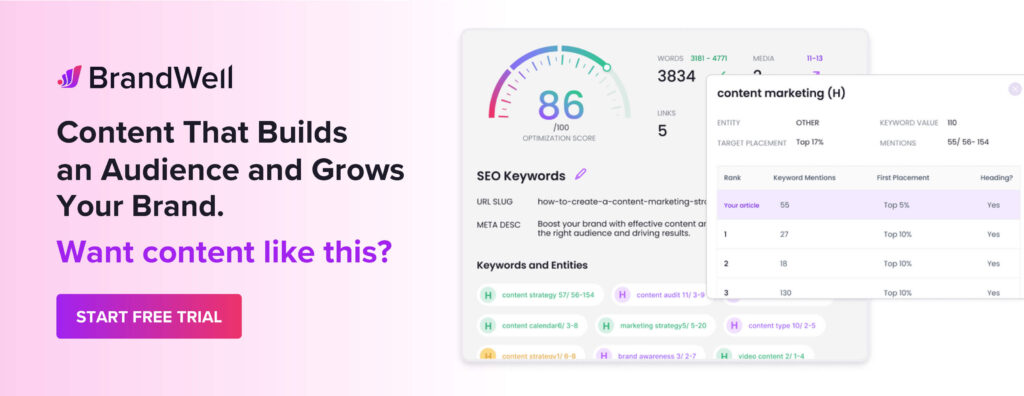Discover top guides, trends, tips and expertise from AIO Writers
How to Grow Your Brand: 20+ Creative Strategies for 2025
Justin McGill
Monday, 13th Jan 2025
In today’s noisy digital landscape, standing out and capturing your target audience‘s attention is more challenging than ever. Traditional strategies are no longer enough to cut through the clutter and leave a lasting impression on your target audience. It’s time to think outside the box, get creative, and adopt innovative approaches to stay ahead of the competition.
In this blog post, we’ll explore 20+ innovative strategies that will help you grow your brand in 2025. From leveraging emerging technologies to harnessing the power of storytelling and gamification, we’ll dive into the fresh perspectives and clever tactics that will set your brand apart and drive real results.
Table Of Contents:
- What Does It Mean to Grow Your Brand?
- The Basics of Building a Brand
- Grow Your Brand, Grow Your Audience
- 20 Brand Growth Strategies to Inspire You
- FAQs: How to Grow Your Brand
- Conclusion
What Does It Mean to Grow Your Brand?
Before diving in, let’s clarify what growing your brand truly means. It’s not just about gaining followers or increasing sales figures; it’s about building a brand that feels genuine, relatable, and valuable to your audience.
Whether you’re an entrepreneur, an established business, or a creative professional, growing a brand demands consistency, authenticity, and a deep understanding of your ideal customer.
The Basics of Building a Brand
Growing your brand requires more than just flashy marketing campaigns. It’s about cultivating meaningful connections, building trust, and offering real value to your audience. Below are five basic strategies to achieve lasting brand growth and attract real leads.
1. Know Your Audience Like the Back of Your Hand
Knowing your target audience is the foundation of any successful brand. This means conducting thorough market research and identifying their needs, motivations, and preferred communication channels to tailor your messaging accordingly.
It is about getting inside their heads and understanding how your brand can connect with their needs and wants.
To truly resonate with your audience and improve brand awareness, craft detailed customer personas beyond basic demographics.
HubSpot shares a comprehensive guide on how to create a detailed buyer persona for your business.
2. Offer Real Value and Build Expertise
In the digital age, trust is paramount. One of the best ways to build trust is by consistently offering high-quality content relevant to your target audience. Focus on providing value instead of pushing sales messages.
Educational blog posts, engaging videos, downloadable guides, and interactive quizzes are just a few examples of providing value to your audience.
3. Share Your Unique Story With the World
In a crowded market, a compelling brand story sets you apart and forges a powerful connection with your audience. This is where brand identity comes into play, encompassing your values, mission, and the people behind the scenes.
Share the experiences, challenges, and triumphs that have shaped your journey. Give your audience a glimpse into what your brand represents beyond just products or services.
4. Engage With Your Audience
The key to growth strategy is relationship building. Be genuine and transparent in your brand communication, addressing customer concerns and actively listening to their feedback.
Participate in conversations on social media platforms, respond to comments, answer questions, offer solutions, solicit feedback, and inject humor.
Foster a loyal customer base by actively engaging with your audience through polls, contests, and community forums.
A study by Khoros found that 75% of Twitter users communicate with brands. People want to connect with you. Engage in a way that feels human, approachable, and relatable.
5. Deliver Exceptional Customer Service
Your customer service interactions are often the most direct touchpoints with your brand, shaping perceptions and influencing purchase decisions.
Invest in training your team to go above and beyond to meet customer needs, resolve issues promptly and with empathy, and consistently exceed expectations.
This customer-centric approach can be a powerful differentiator for your brand and foster long-term loyalty.
Grow Your Brand, Grow Your Audience
Whether you’re a local business or a Fortune 500 company, growing brand awareness is the key to unlocking a larger audience and, ultimately, greater success. It’s how you distinguish yourself in a crowded marketplace and foster lasting relationships with your target customers.
Let’s explore some creative strategies to elevate your brand and watch your audience grow.
1. Craft a Compelling Brand Story
Storytelling is the lifeblood of human connection. Your brand story is the narrative that explains your purpose, values, and what makes you unique. It’s an opportunity to connect with your audience on an emotional level and build a loyal following that believes in your mission.
For example, TOMS Shoes built a powerful brand story around their “One for One” model, where for every pair of shoes purchased, they donate a pair to a child in need. This compelling narrative resonates deeply with their target audience, who are driven by ethical consumption.
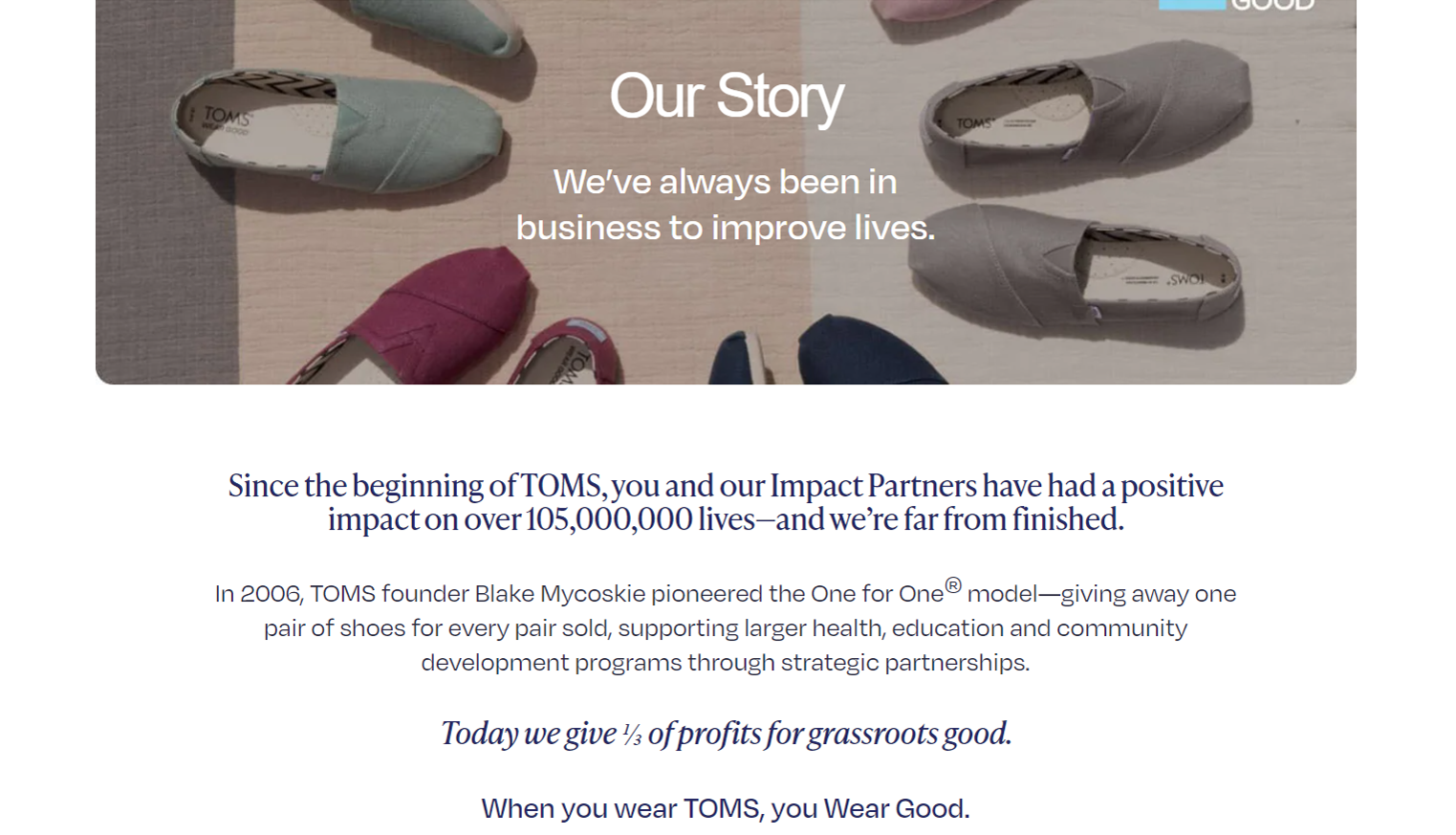
Maintain a cohesive visual aesthetic across all touchpoints, including your website, social media, and marketing materials.
2. Provide Strategic Thought Leadership
You have a strong brand. But, are you sharing your brand’s unique perspective with the world? Thought leadership can help.
What is thought leadership? It’s sharing expert advice, insights, and perspectives relevant to your audience. This helps you build trust, increase brand visibility, and drive business growth.
How can you provide thought leadership that resonates? Here’s how:
- Identify your audience’s pain points. What keeps them up at night? What problems do they need help solving?
- Develop a content strategy. Create valuable content that addresses those pain points. This could include blog posts, articles, white papers, ebooks, or even social media posts.
- Become a go-to resource. Share your knowledge freely and engage in conversations. Answer questions and provide valuable insights.
Can AI create thought leadership content? Find out here.
3. Think Outside the Box With Your Marketing
Sometimes you have to think outside the box to get noticed. While traditional marketing methods still have their place, exploring unique and innovative ways to grab your audience’s attention can significantly impact your brand-building efforts.
Consider sponsoring relevant events, hosting webinars, participating in online challenges, or partnering with businesses for cross-promotional campaigns. Create high-quality, shareable content optimized for social media platforms where your target audience is most active, including short-form video content like Reels and TikToks.
One effective method is incorporating unusual collaborations that resonate with your target audience but aren’t typically seen in your industry. This creates intrigue, sparks curiosity, and boosts engagement, elevating your brand’s visibility.
4. Go Out and Sponsor Local Events
Want to build a strong brand? Get off the internet and go shake some hands!
Okay, maybe not *literally* shake hands – that’s a little 2019. But, you get the point.
Get your brand out there in the real world!
One of the best ways to do this is by sponsoring local events.
Think about it: sponsoring a local farmers market or art walk gets your brand in front of real people in your community. They get to see your brand, touch your products, and interact with the humans behind your company. This is huge for building trust and brand loyalty, which are super important for long-term growth.
Try sponsoring events that align with your brand values and target audience. If you sell eco-friendly cleaning products, sponsoring a community cleanup day or a sustainability fair makes sense, right? This is way more effective than just posting ads online and hoping for the best.
When you sponsor a local event, you are not just a logo on a screen; you are an active participant in your community. This can lead to more genuine connections with potential customers.
5. Get Your Brand Featured on The News
Want to build brand awareness that really packs a punch? Getting featured on the news can make a big difference.
Think about it: people trust the news (or at least, some people still do). So, when your brand is featured, it makes you look good too. But how do you get there?
It all starts with newsworthy content. The media is always looking for a good story. What’s interesting about your brand? Did you just launch a new product or partner with a charity? This is the kind of stuff journalists dream about.
Once you have a story, you need to create a press release. This is a short, attention-grabbing document that tells your story to the media. Make sure it’s well-written and free of errors. You only get one shot to make a good first impression.
Need help with writing press releases, thought leadership pieces, or event promotions? BrandWell can do it all! This all-in-one content automation platform is trained to write any type of marketing content including ad copy, landing pages, long-form blog posts, social media updates, email newsletters, ebooks, polls, surveys, video scripts, and more.

6. Build a Social Brand — Both Online and Offline
Everybody wants their brand to be “social” – but what does that even mean?
Some people think a social brand means tons of followers online. But followers don’t equal customers. A truly social brand creates experiences. This means going beyond basic marketing tactics.
It’s about forging genuine connections.
Think about it: you can have a million followers online, but if your brand doesn’t resonate with people in the real world, are you really building a lasting impression?
To build a powerful brand, you gotta bring people together. This means getting creative and finding ways to weave your brand into the fabric of real-life experiences. Think pop-up shops, local partnerships, or sponsoring community events. These activations get people talking.
Now let’s look at real examples of how companies are growing their brands through creative, modern strategies.
20 Brand Growth Strategies to Inspire You
Growing a brand requires creativity, innovation, and a willingness to try new things. Here are 20 brand growth strategy examples from successful companies that you can draw inspiration from:
1. User-Generated Content (UGC) Campaigns
Gymshark turned its customer base into a powerful marketing force. By encouraging customers to share their fitness journeys using the hashtag #Gymshark, the brand enjoys authentic content creation and a strong sense of community.
Another example of a successful UGC campaign is Dove’s “Real Beauty” series. By encouraging customers to share their stories, Dove achieved a 700% increase in sales within just six months!
2. Influencer Marketing
In 2015, Calvin Klein partnered with social media influencer Kendall Jenner to reach a younger audience. Jenner, with over 150 million followers on Instagram, brought a massive social media presence to the campaign’s hashtag, #MyCalvins, which trended on Twitter and Instagram.
The campaign encouraged customers to share their own Calvin Klein styles on social media. This user-generated content strategy fostered digital engagement, increased brand awareness, and provided social proof to potential customers.
The collaboration with Kendall Jenner contributed to a significant increase in sales and revenue growth for Calvin Klein. The brand reported a 13% increase in sales in 2015, with denim and underwear being the top-performing categories.
3. Referral Marketing
Dropbox, a cloud storage service, is a prime example of how referral marketing can be a powerful tool for growing a brand.
In 2009, Dropbox launched its referral program which rewarded users 250 MB of free storage space for each friend they referred.
The result:
- 3900% growth in 15 months.
- 35% of daily sign-ups came from referrals, with users sending over 2.8 million invites in the first year alone.
- Increased sign-ups by 60%, with an incredible 20% conversion rate from referral to new user.
- Reduced customer acquisition costs by 50%.
The program created a viral loop, where referred users were likely to refer others, generating even more growth.
4. Gamification
Gamification, the practice of incorporating game elements into non-game contexts, has become a popular marketing strategy in recent years. Two iconic brands, Coca-Cola and McDonald’s, have successfully used this tactic to engage customers, increase brand loyalty, and drive sales.
Coca-Cola’s “Share-a-Coke” Campaign
In 2011, Coca-Cola launched the “Share-a-Coke” campaign, producing bottles with popular names such as “Julia” or “Tom”. Customers were encouraged to share a photo of their personalized bottle on social media, using a branded hashtag. The campaign included a leaderboard that tracked the most shared names and a “Share-a-Coke” generator that allowed users to create custom labels.
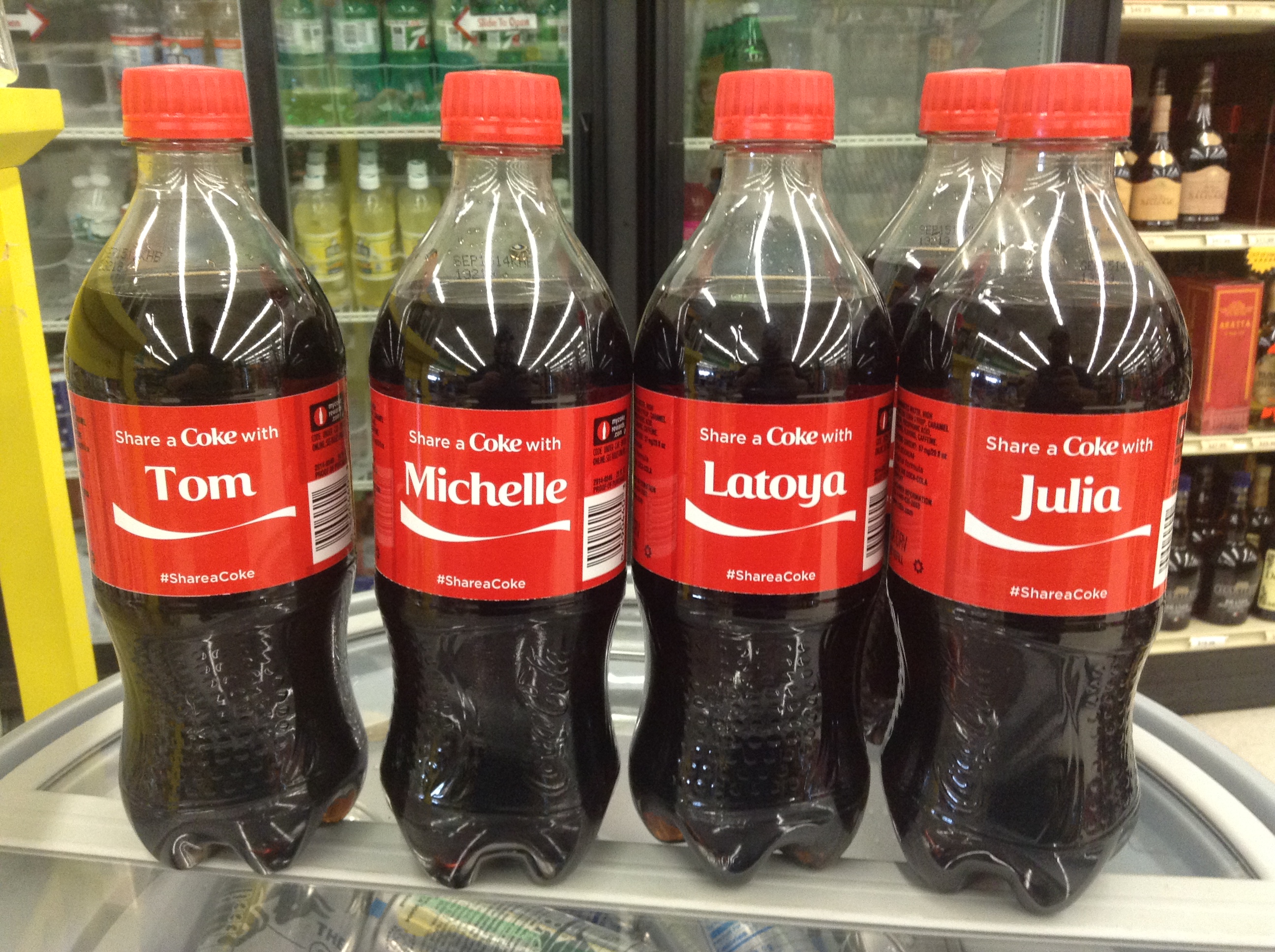
The campaign was a global phenomenon, generating over 1.8 million social media posts and a 7% increase in Coca-Cola sales among teenagers and young adults.
McDonald’s “Monopoly Game”
McDonald’s “Monopoly Game” is a beloved promotion that has been running for over 30 years. Customers receive game pieces with their McDonald’s purchases, featuring Monopoly properties, chance cards, or instant-win prizes. Players can enter codes from game pieces online to play interactive games and earn bonus rewards.
The Monopoly Game promotion consistently boosts McDonald’s sales during the promotional period as it encourages customers to visit McDonald’s more frequently and try new menu items.
Coca-Cola and McDonald’s have shown that gamification can be a highly effective marketing strategy, driving sales, increasing customer loyalty, and collecting valuable customer data. By incorporating game elements into your marketing campaigns, you can create engaging experiences that resonate with customers and set you apart from the competition.
5. Interactive Storytelling
Interactive storytelling is a marketing strategy that involves engaging customers in a narrative that encourages participation, imagination, and emotional connection. Two iconic brands, LEGO and Cadbury, have successfully created memorable campaigns using this technique.
LEGO’s “Rebuild the World” Campaign
LEGO’s brand growth thrives on creativity and imagination. From theme parks to movies, LEGO extends its brand experience beyond traditional toys, engaging audiences of all ages.
In 2019, LEGO launched the “Rebuild the World” campaign which featured a series of animated videos that told the story of a group of children who rebuild their world using LEGO bricks.
The campaign website allowed children to create their own LEGO creations and share them online.
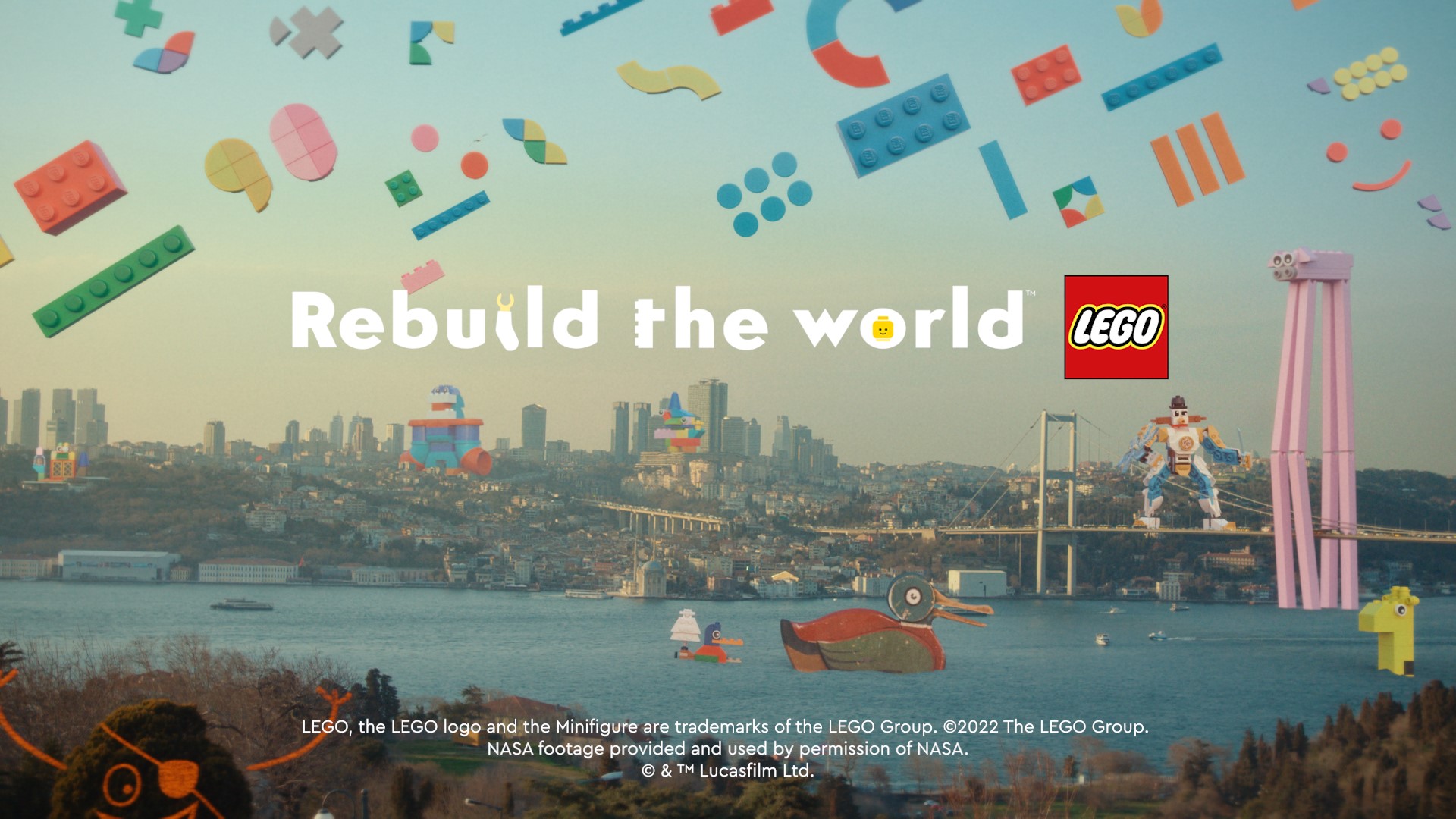
The “Rebuild the World” campaign generated over 1 million user-generated content submissions, with children spending an average of 10 minutes on the website.
In addition to increasing brand awareness among parents and children, the campaign also increased LEGO sales by 25% during the promotional period.
Cadbury’s “Gorilla” Ad
Remember Cadbury’s heartwarming “Gorilla” ad? That’s the power of storytelling.
In 2007, Cadbury launched a 90-second commercial that featured a gorilla playing drums to Phil Collins’ “In the Air Tonight.”
The ad became one of the most viewed videos on YouTube, with over 5 million views in the first week alone. It increased brand awareness and repositioned Cadbury as a fun, playful, and creative brand.
LEGO and Cadbury have shown that interactive storytelling can be a highly effective marketing strategy, driving engagement and creating emotional connections with customers. By incorporating interactive elements into their campaigns, these brands have created memorable experiences that resonate with audiences worldwide.
6. Personalization
Amazon is a pioneer in personalization, using cutting-edge technology to create a tailored experience for each customer.
In marketing, Amazon uses personalization to create emails and ads that are tailored to individual customers. For instance, when a customer abandons their shopping cart, Amazon sends a personalized email with a special offer to encourage them to complete the purchase.
Amazon’s advertising platform also uses machine learning to target customers with relevant ads based on their browsing behavior and purchase history. This approach has led to a significant increase in conversion rates and customer engagement.
Netflix is another leader in personalization, using machine learning to suggest TV shows and movies based on a user’s viewing history and preferences. This approach has led to a significant increase in user engagement, with over 80% of Netflix’s viewing hours coming from personalized recommendations.

Netflix also uses personalization in its marketing campaigns, tailoring promotions to individual users. For example, when a new season of a popular show is released, Netflix sends a personalized email to users who have watched previous seasons, encouraging them to binge-watch the latest episodes.
Additionally, Netflix uses personalization to promote specific genres or languages to users who have shown an interest in them. This approach has led to a significant increase in user engagement and loyalty.
7. Loyalty Programs
Starbucks’ loyalty program, Starbucks Rewards, is a prime example of how a well-designed loyalty program can drive customer loyalty and growth.
Launched in 2008, the program rewards customers with stars for every dollar they spend at Starbucks, which can be redeemed for free drinks, food, and other rewards.
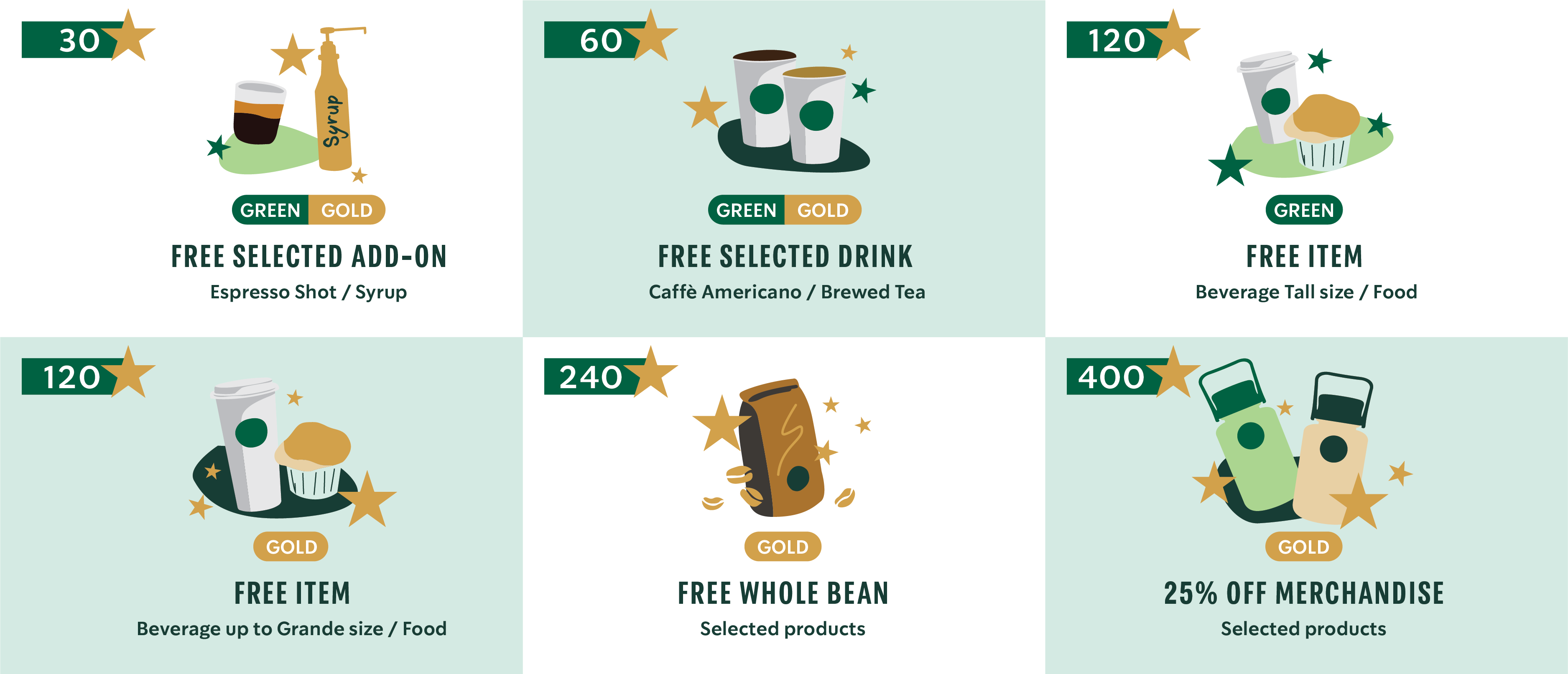
Starbucks also offers personalized offers and promotions based on members’ purchase history and preferences, making the experience feel tailored to each individual.
The result: Starbucks Rewards members account for over 40% of the company’s sales, and they visit Starbucks more frequently than non-members.
The program has also helped Starbucks collect valuable customer data, which is used to inform marketing strategies and improve the overall customer experience.
Sephora’s loyalty program, Beauty Insider, is another masterclass in building brand loyalty and driving sales.
Launched in 2007, the program has become a key driver of Sephora’s success, with over 25 million members worldwide.
Members earn points for every dollar they spend at Sephora, which can be redeemed for free products, samples, and other rewards. Sephora also offers exclusive benefits and rewards to its top-tier members, including early access to new products and limited-edition offers.
The program is highly personalized, with members receiving tailored offers and recommendations based on their purchase history and preferences.
Sephora’s loyalty program has driven a significant increase in sales and customer loyalty. By making its loyalty program a central part of its marketing strategy, Sephora has created a loyal customer base that drives growth and profitability.
8. Partnerships and Collaborations
In 2006, Nike partnered with Apple to create a revolutionary fitness-tracking app, Nike+iPod, that brought together two of the world’s most recognizable brands — leveraging their collective expertise to create a game-changing product.
The Nike+iPod app allowed users to track their workouts, set goals, and monitor progress, seamlessly integrating with Apple’s iPod Nano and Nike’s custom-designed sensor.
The partnership proved to be a masterstroke for both brands. Nike, already a household name in the athletic apparel industry, gained instant credibility in the burgeoning fitness technology space. By partnering with Apple, a pioneer in innovation and design, Nike was able to tap into the tech giant’s expertise and reputation for delivering user-friendly, intuitive products.
The partnership not only enhanced Nike’s brand awareness but also positioned the company as a forward-thinking leader in the fitness industry.
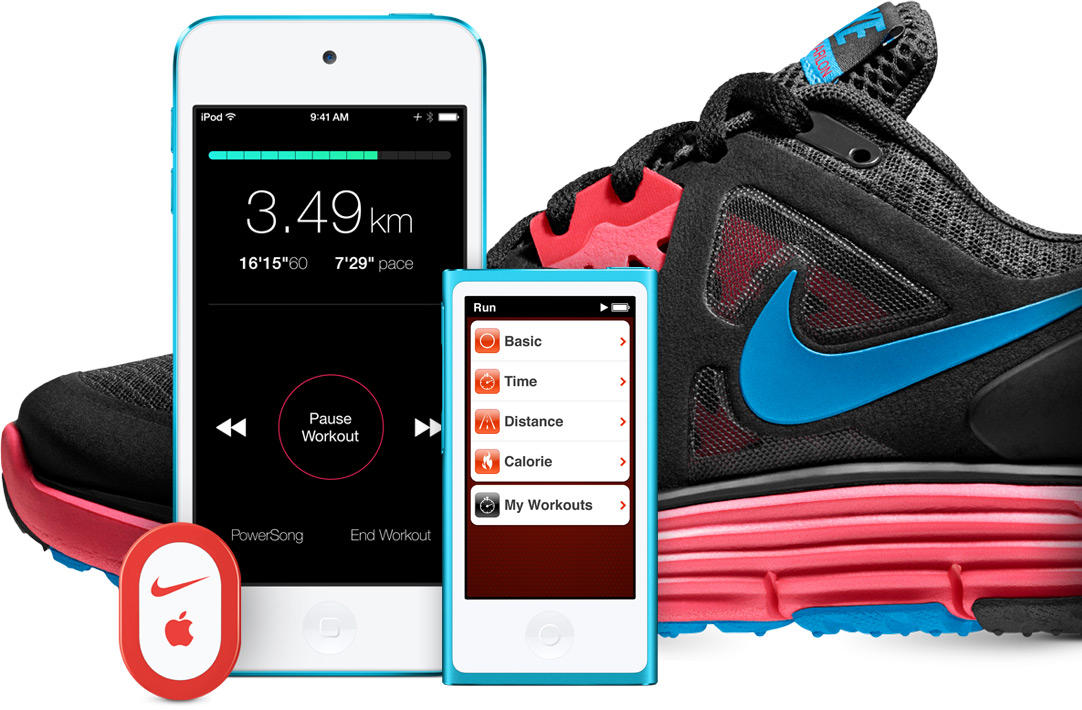
The Nike+iPod app was a massive success, with millions of users adopting the technology to track their fitness journeys. The partnership also spawned subsequent collaborations, including the Nike Training Club app and the Apple Watch Nike+ edition.
Through this partnership, Nike demonstrated its ability to think outside the box and invest in emerging technologies, while Apple benefited from the opportunity to expand its ecosystem into the fitness space. The collaboration serves as a testament to the power of strategic partnerships in driving brand awareness, credibility, and ultimately, business success.
9. Social Media Contests
Social media has become an essential tool for businesses to connect with their customers, increase brand awareness, and drive sales. Two prominent brands, Lay’s and Wendy’s, have successfully used social media to grow their brand presence and engage with their audience.
Lay’s: “Do Us a Flavor” Campaign
In 2012, Lay’s launched its “Do Us a Flavor” campaign, asking fans to submit their unique potato chip flavor ideas. The contest generated over 3.8 million submissions and increased Lay’s social media following by 300%.
The campaign not only boosted engagement but also drove sales, with the winning flavor, “Cheesy Garlic Bread,” becoming a top-selling variety.
Wendy’s: “Nuggs for Carter” and Beyond
Wendy’s has been a social media powerhouse, with a strong presence on Twitter and other platforms. One of their most notable social media campaigns was “Nuggs for Carter” which started as a humorous exchange between Wendy’s and teenage customer Carter Wilkerson. The brand promised Carter a year’s supply of nuggets if he reached 18 million retweets on a specific tweet. The tweet eventually became the most retweeted tweet of all time, with over 3.7 million retweets.
Image Source: The Work
Wendy’s has continued to leverage social media contests to engage with their audience, including their “Roast-To-Order” campaign, where they offered to roast (or playfully insult) followers who tweeted at them using a specific hashtag. The campaign generated over 1 million tweets and helped establish Wendy’s as a brand that isn’t afraid to have fun and poke fun at itself.
By leveraging user-generated content, creativity, and humor, both Lay’s and Wendy’s have increased engagement, loyalty, and sales.
10. Employee Advocacy
In 2010, Dell launched its Employee Advocacy Program, a strategic initiative aimed at empowering employees to become brand ambassadors on social media. The program’s success has been nothing short of remarkable, with Dell’s employee advocates generating over 2 million social media posts, reaching an astonishing 100 million people, and driving a significant increase in brand awareness and credibility.
Dell’s Employee Advocacy Program is built on the principle that employees are the most trustworthy voices in promoting the brand. By equipping employees with the necessary training, tools, and incentives, Dell encouraged them to share their experiences, perspectives, and expertise on social media. This approach not only humanized the brand but also provided an authentic and relatable voice to the market. As a result, Dell’s employee advocates have become a powerful force in shaping the brand’s narrative, fostering trust, and building credibility among customers and stakeholders.
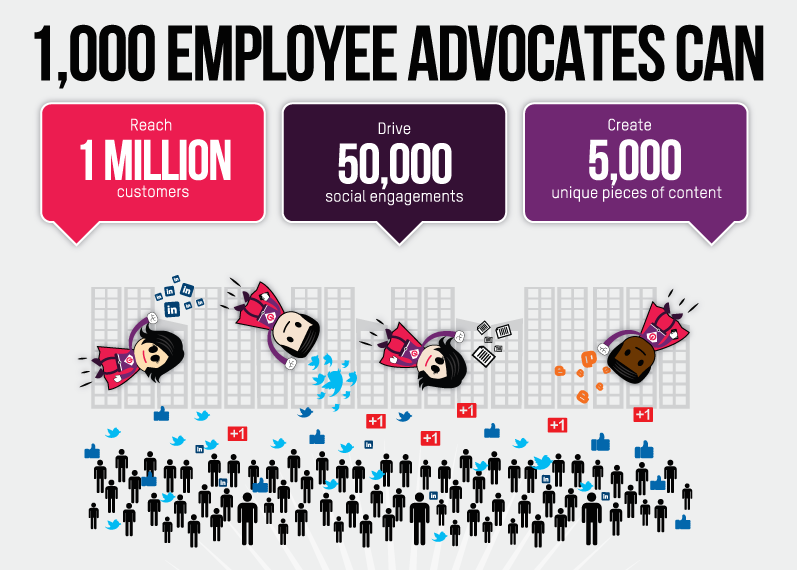
Image Source: Brandwatch
The impact of Dell’s Employee Advocacy Program has been substantial. By leveraging the collective reach and influence of its employees, Dell has seen a significant increase in brand awareness, with employee-generated content driving a 20% increase in social media engagement.
The program also enhanced the brand’s credibility, with 92% of customers reporting that they trust employee-generated content more than traditional marketing messages. By tapping into the collective power of its employees, Dell has successfully created a loyal army of brand ambassadors who are passionate about sharing the brand’s story and values.
Click here for more examples of successful employee advocacy programs.
11. Virtual Events
Apple’s virtual events, such as the annual Worldwide Developers Conference (WWDC) and product launch events, have become a benchmark for the industry.
Through these highly anticipated programs, Apple has successfully created immersive and engaging experiences that resonate with a global audience, generating massive buzz and excitement around its latest products and services.
Virtual events have proven to be a cost-effective and environmentally friendly alternative to traditional physical events. Apple has saved millions of dollars on venue rentals, logistics, and travel costs, while also reducing its carbon footprint.
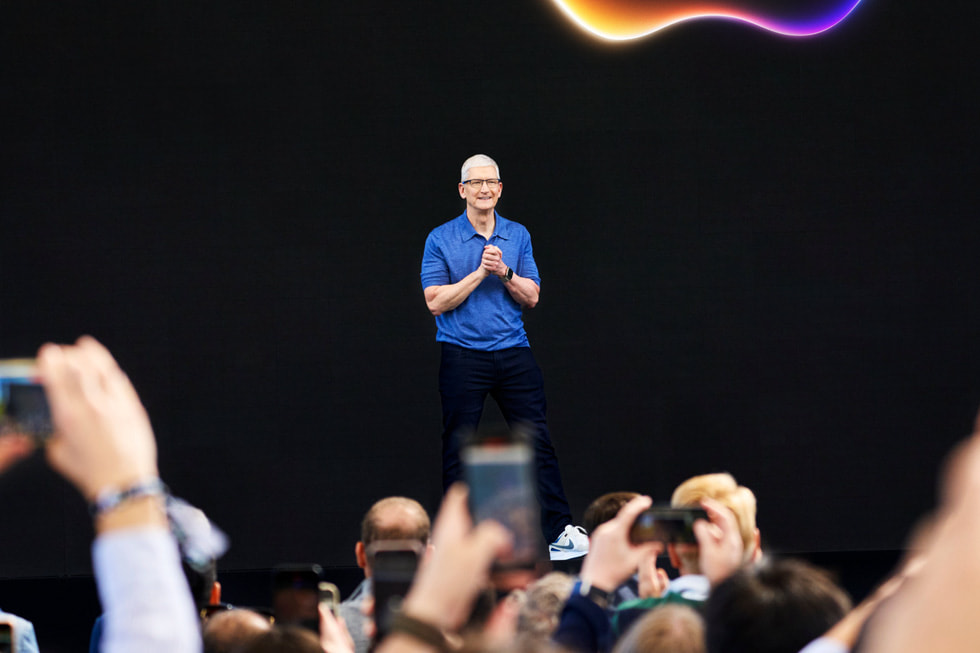
Moreover, virtual events have enabled Apple to reach a wider audience, including developers, customers, and fans who may not have been able to attend physical events. This increased accessibility has led to a significant boost in engagement, with millions of viewers tuning in to Apple’s virtual events worldwide.
Apple’s virtual events are designed to provide an immersive and interactive experience, with stunning visuals, live demos, and real-time Q&A sessions.
By leveraging social media platforms, Apple has created a two-way conversation with its audience, fostering a sense of community and encouraging user-generated content. As a result, Apple’s virtual events have become a key driver of brand awareness, engagement, and loyalty, solidifying the company’s position as a leader in the tech industry.
12. User Experience (UX) Optimization
Amazon, the e-commerce giant, has consistently demonstrated its commitment to delivering exceptional customer experiences.
Amazon’s UX optimization strategy has focused on streamlining navigation, simplifying search, and personalizing the shopping experience. The company has implemented various features, such as 1-Click ordering, personalized product recommendations, and AI-powered search results, to reduce friction and make it easier for customers to find and purchase what they need.
The use of machine learning algorithms also allows Amazon to tailor the shopping experience to individual customers, offering relevant products and promotions that resonate with their preferences and behavior.
The result: a study by Forrester Research attributed a 10% to 15% increase in sales to Amazon’s UX improvements.
Amazon’s customer loyalty has also reached unprecedented levels, with Prime membership growing to over 150 million members worldwide.
By prioritizing UX optimization, Amazon has created a loyal customer base that drives repeat business, positive word-of-mouth, and ultimately, long-term growth and success.
Learn more about how a good UX design can lead to product success.
13. Social Responsibility
Patagonia’s commitment to environmental sustainability has been a cornerstone of its social responsibility strategy. The company’s transparency and activism have earned it a reputation as a trustworthy and authentic brand.
This focus has differentiated Patagonia from its competitors, establishing a unique value proposition that resonates with environmentally conscious consumers.
By implementing sustainable and ethical manufacturing and supply chain practices, Patagonia has created a loyal customer base that advocates for the brand, driving business growth and increasing brand awareness.
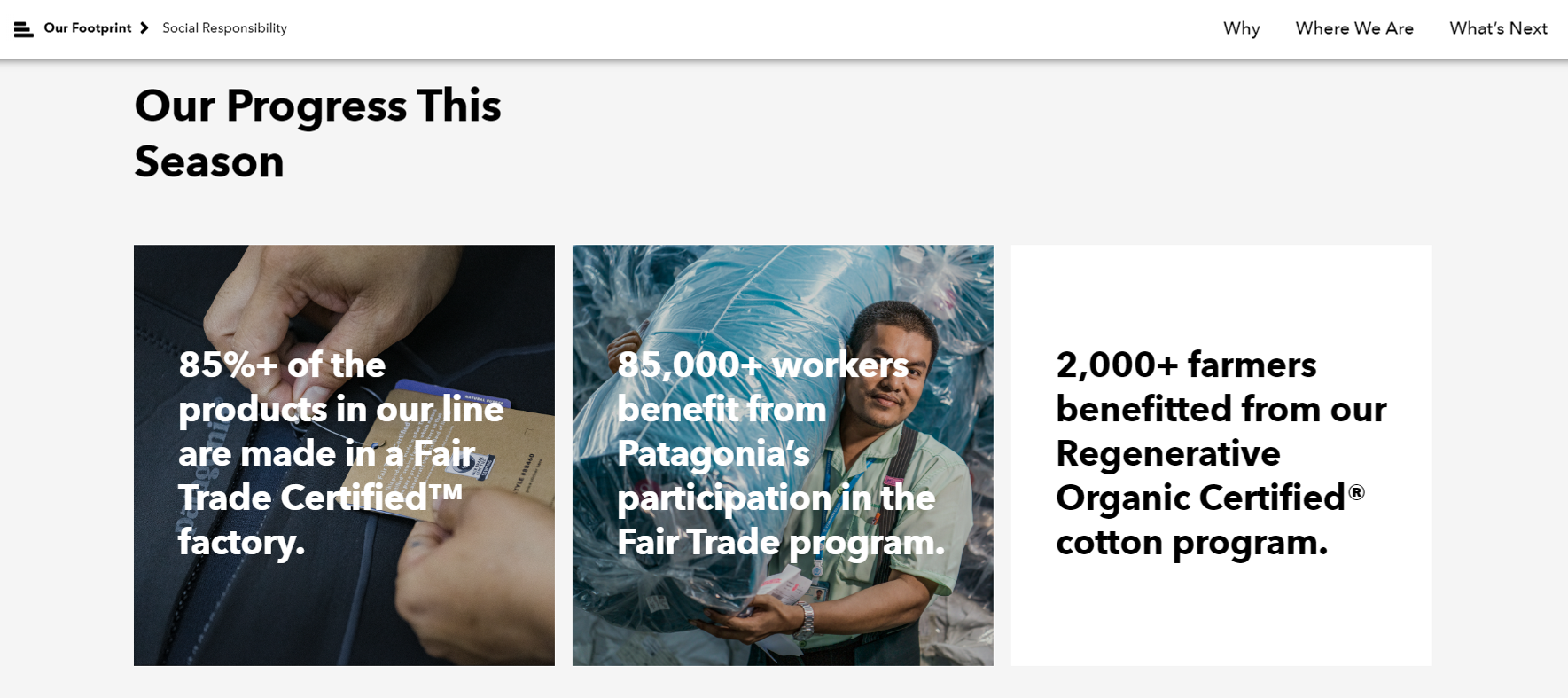
Incorporate environmentally conscious practices and ethical values into your brand messaging and operations to appeal to socially responsible consumers.
14. Customer Testimonials
Warby Parker, the eyewear brand, builds trust and credibility by showcasing real customers’ experiences and stories. The brand’s website and social media channels feature authentic reviews, ratings, and testimonials from satisfied customers, highlighting the quality, style, and affordability of its products.
Warby Parker’s use of social proof has also helped reduce returns and increase customer satisfaction, as customers have a clear understanding of what to expect from their purchase.
Customer testimonials are particularly effective because they are authentic and transparent. The brand doesn’t shy away from showcasing imperfections or criticisms, which helps to build trust with potential customers.
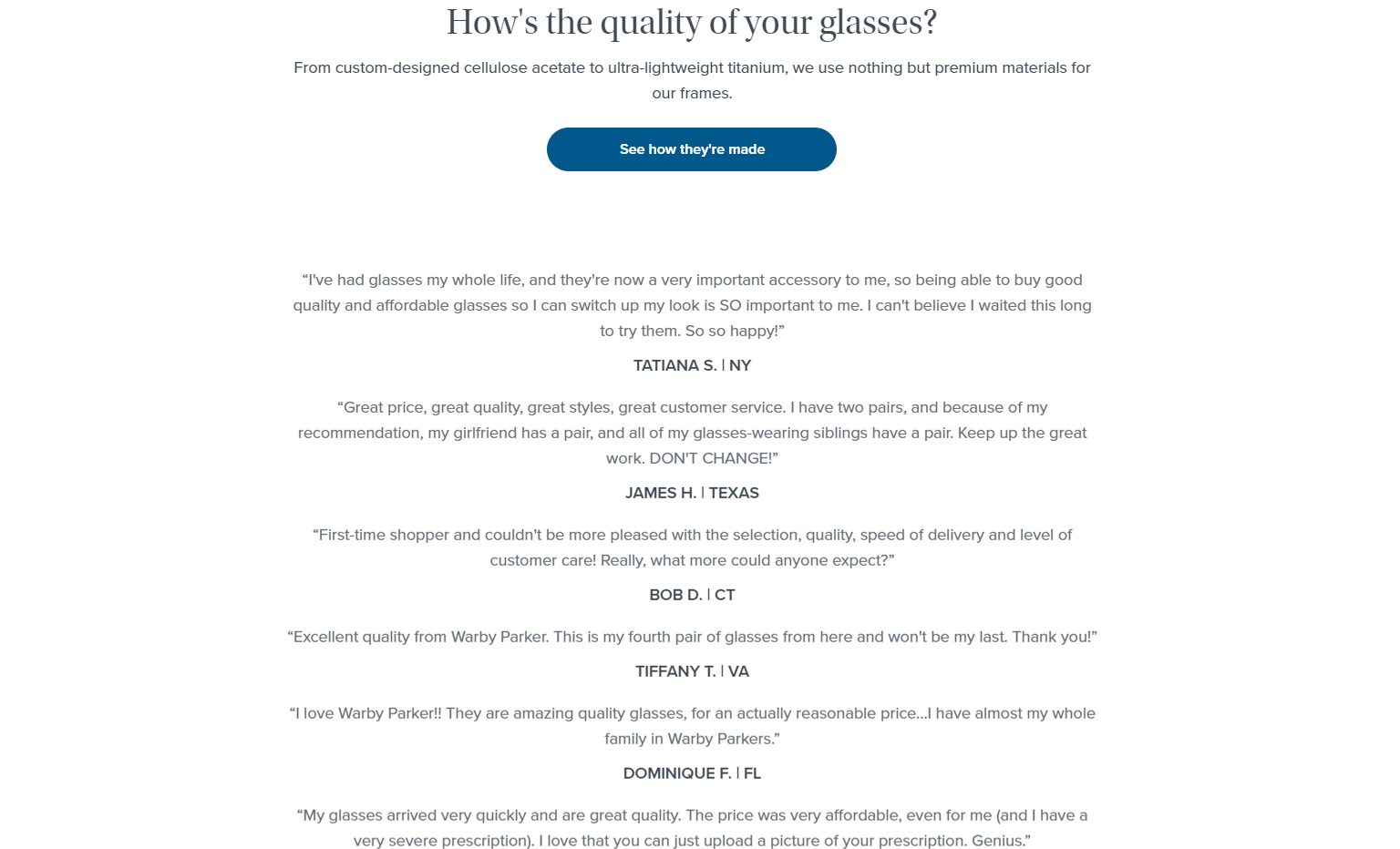
By being open and honest about its products and services, Warby Parker has created a loyal customer base that advocates for the brand. This loyalty is reflected in the brand’s high customer retention rates and positive word-of-mouth, which drives sales and growth.
15. Affiliate Marketing
One of the most successful affiliate marketing programs is Amazon’s Associates Program, which has been a cornerstone of the company’s sales and growth strategy for over two decades.
Amazon’s affiliate program allows the company to reach a vast audience of potential customers through its network of publishers and bloggers.
It’s a cost-effective way for Amazon to drive sales, as the company only pays commissions on actual sales generated.
The affiliate program also helps publishers and bloggers earn passive income by promoting a wide range of products to their audiences.
Amazon’s Associates Program is a shining example of how affiliate marketing remains a powerful tool for businesses looking to increase sales, brand awareness, and customer loyalty in a cost-effective and targeted way.
16. Video Marketing
Two iconic brands, Red Bull and Dollar Shave Club, have mastered the art of creating immersive, entertaining, and memorable video content that leaves a lasting impression on their customers.
Red Bull is all about living life on the edge, and their video marketing strategy is no exception. Red Bull’s videos often feature mind-boggling stunts, like Felix Baumgartner’s record-breaking skydive from space. These videos are expertly produced, with stunning visuals and heart-pumping music that leaves viewers on the edge of their seats.
Red Bull encourages their fans to share their own action-packed videos, using branded hashtags like #RedBullVideo and #GivesYouWings. This user-generated content not only increases engagement but also provides a treasure trove of authentic, real-life moments that showcase the brand’s values.
Dollar Shave Club, on the other hand, takes a more tongue-in-cheek approach to video marketing. Their humorous, irreverent videos often poke fun at traditional razor commercials, exaggerating the absurdity of overpriced, overhyped products. Their humor is relatable, self-deprecating, and ridiculously entertaining, making them impossible to forget.
The brand’s videos often feature the company founders, Michael Dubin and Mark Levine, who share their story, their values, and their vision. This authenticity and transparency create a strong emotional connection with their audience.
Dollar Shave Club’s videos seamlessly integrate their products, showcasing how they can make a real difference in customers’ lives. Their “Everyday Adventures” series, for example, features regular guys using DSC products in unexpected, humorous ways.
The takeaway: Red Bull and Dollar Shave Club understand their target audience inside and out, creating content that resonates deeply with them. Both brands are authentic and never afraid to take risks, using humor, emotion, and storytelling to connect with their customers.
By embracing their unique brand voices, they create unforgettable content that drives conversions and draws a loyal following.
17. Podcast Sponsorships
Leading website builder Squarespace creatively uses podcast ads to increase brand awareness, credibility, and – of course – revenue.
Squarespace’s podcast strategy is all about aligning with popular, niche shows that resonate with their target audience. They partner with a range of podcasts, from true crime comedy series like My Favorite Murder to business and entrepreneurship shows like How I Built This. By doing so, they’re able to tap into the engaged, loyal listeners of these shows, introducing their brand to a whole new audience.
But here’s the clever part: Squarespace doesn’t just stop at brand awareness. They use these podcast sponsorships to drive revenue by offering exclusive promotions and discounts to listeners.
For example, they might offer a free trial or a limited-time discount on their website building services. This approach not only generates revenue but also provides a measurable ROI on their podcast ad spend.
As an added bonus, these partnerships help establish Squarespace as a thought leader in the industry.
18. Experiential Marketing
Imagine walking into a store that’s not just a store, but an immersive brand experience. A space where you can touch, feel, and live the brand’s story. That’s exactly what Nike has achieved with its Nike Stores – a masterclass in experiential marketing.
These physical outlets are not just about selling products; they’re about building a connection with customers, fostering brand loyalty, and creating unforgettable experiences.
From interactive displays to larger-than-life graphics, every element is carefully crafted to convey the Nike spirit: innovation, empowerment, and the pursuit of greatness.
Interactive try-on areas, virtual try-on mirrors, and customization stations allow customers to engage with products in a hands-on, personalized way.

Image Source: Future Stores
Nike’s knowledgeable staff, dubbed “Sports Experts,” are on hand to offer personalized advice, share product insights, and even provide workout tips. This human touch helps build trust and fosters a sense of community.
Nike Stores also regularly host events, workshops, and classes, from yoga sessions to product launches. These experiences not only drive foot traffic but also create a sense of belonging among customers.
In-store tech, such as mobile checkout and digital signage, seamlessly blends with the physical environment, streamlining the shopping experience and providing real-time product information.
The result of this experiential marketing magic?
- Nike customers spend more time in-store.
- Customers are more likely to make a purchase.
- Nike Stores stand out in a crowded retail landscape.
Nike’s approach to experiential marketing is a beacon of inspiration for retailers everywhere. By crafting immersive, engaging, and personalized experiences, brands can create loyal customers, drive sales, and establish a lasting connection with their audience.
19. Account-Based Marketing
Account-based marketing (ABM) is a B2B marketing strategy that focuses on targeting high-value accounts and decision-makers, rather than casting a wide net.
LinkedIn’s ABM strategy involves identifying key accounts and decision-makers and then serving them personalized content, messaging, and experiences that speak directly to their pain points and interests. This might include customized ads, sponsored content, and even physical events and mailers.
By taking a hyper-targeted approach, LinkedIn can build strong relationships with these accounts, establishing trust and credibility that ultimately drives conversions. And, with LinkedIn’s wealth of data and insights, they’re able to precision-target their efforts, maximizing ROI and minimizing waste.
The results speak for themselves: LinkedIn’s ABM efforts have led to significant increases in sales and revenue, with some accounts seeing up to 25% higher conversion rates compared to traditional marketing tactics.
As the B2B marketing landscape continues to evolve, it’s clear that ABM will play an increasingly important role in the strategies of forward-thinking brands like LinkedIn.
20. D2C Marketing
D2C (Direct-to-Consumer) marketing has become a game-changer for brands looking to build strong relationships with customers and increase revenue. By cutting out intermediaries, brands can collect valuable data, offer personalized experiences, and receive direct feedback from customers. This approach enables brands to tailor their marketing efforts, improve products, and foster customer loyalty.
Graze, a healthy snack brand, was at the forefront of the subscription box revolution back in 2008. By offering personalized snack boxes, encouraging direct feedback, and providing a subscription-based service, Graze has built a loyal customer base.

Image Source: The Grocer
Adding a new distribution channel while maintaining its existing one, Graze effectively expanded its reach, increased brand visibility, and ultimately attracted the attention of consumer goods giant Unilever, who acquired the company.
These 20 brand growth strategy examples demonstrate the importance of creativity, innovation, and experimentation in growing a successful brand. By trying new things and staying ahead of the curve, you can increase brand awareness, engagement, and loyalty, while driving sales and revenue.
FAQs: How to Grow Your Brand
What does it mean to grow your brand?
Growing your brand means fostering genuine connections, building trust, and establishing a meaningful presence within your niche, going beyond increasing followers or revenue. It involves creating valuable content, engaging authentically with your audience, and showcasing your brand’s strengths and values in a crowded digital space.
How to grow my personal brand?
Identify and showcase your expertise and passions across platforms like LinkedIn, Twitter, and Instagram to grow your personal brand. Engage in relevant communities, participate in industry discussions, and establish yourself as an expert in your chosen field.
Focus on building relationships, adding value to others, and sharing your knowledge and insights. Growing your brand on Instagram can help you connect with a younger, more visually-driven audience, while LinkedIn allows for a professional approach to developing your personal brand.
How do I grow a brand?
To grow a brand, you must first understand your target audience’s motivations and desires. Develop engaging content that solves problems and sparks their interest, utilize the power of social media marketing, and interact with your followers, fostering customer loyalty.
Always seek feedback, analyze your data, understand what’s working, and remain adaptable to the evolving online landscape.
What is the 3-7-27 Rule of Branding?
The “3-7-27 rule” suggests consumers need three exposures to remember a brand, seven to form an opinion, and 27 to consider buying. While not a rigid rule, this marketing adage emphasizes the importance of consistency across multiple touchpoints – from social media posts and blog articles to email newsletters. This rule highlights the importance of regularly reminding your audience of your value proposition. Remember, building a brand is a marathon, not a sprint.
Conclusion
Growing a brand requires a delicate balance of strategy, creativity, and consistency. By understanding your target audience, creating engaging content, and posting with finesse, you can establish a strong online presence and attract loyal followers.
However, we know that creating high-quality content that resonates with your audience can be a daunting task, especially for busy entrepreneurs and marketers. That’s why we’re excited to introduce BrandWell, your all-in-one solution for creating content that grows your brand.
With BrandWell, you’ll have access to a suite of tools and resources designed to help you craft compelling content that drives engagement and conversions. From social media posts and ad copies to email sequences and long-form blog articles, BrandWell has got you covered.
Take the first step towards building a brand that stands out. Try BrandWell today and start creating content that truly resonates with your audience.

UNLOCK YOUR POTENTIAL
Long Headline that highlights Value Proposition of Lead Magnet
Grab a front row seat to our video masterclasses, interviews, case studies, tutorials, and guides.

